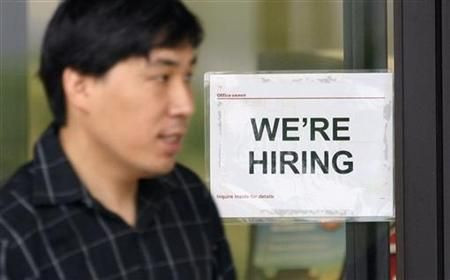US Cities Hiring By The Thousands As Economy Sees The Back Of Fours Years Of Recession

Cities across the United States have begun large-scale hiring of teachers, firefighters and police officers.
Local governments, which make up about 65 percent of the overall government workforce, have added to the workforce in seven of the last eight months, the Labor Department said earlier this month. In 2013 so far, more than 46,000 jobs have been created, leaving local government employment at 14.08 million, the highest in 18 months, but still below 2008’s peak of 14.61 million.
While the recovery accounts for some of the municipal government hiring, many of the jobs have been created as a result of rebounding tax revenue and voter-approved tax hikes, the Wall Street Journal said Tuesday. However, not every city is experiencing the same upturn in employment fortunes.
Chicago, for example, has shed 2,100 teachers and staff as the school district suffers under the weight of an $8 billion pensions deficit. In addition, escalating employee health-care costs and federal spending cuts have meant that many cities may face new exposure over the new hires if the economy were to soften in the future.
The nation’s sixth largest city, Phoenix, is experiencing a property tax rebound, but is choosing not to go back to the old model of hiring, instead opting to guard against future problems in the economy and more employment woes in the future. With a population of 1.5 million, it has seen its workforce decline by 6.7 percent over the last three years. While making small, essential hires within the police force, the first since 2009, City Manager David Cavazos still expects to see employment shrink.
"Innovation and efficiency, doing better with less -- that's the trend going forward nationally, state, local," Cavazos said.
The U.S. Bureau of Labor Statistics said Tuesday that 207 urban areas had June unemployment rates below the U.S. figure of 7.8 percent, 158 areas had rates above it, and seven areas had rates equal to the national average.
© Copyright IBTimes 2025. All rights reserved.






















